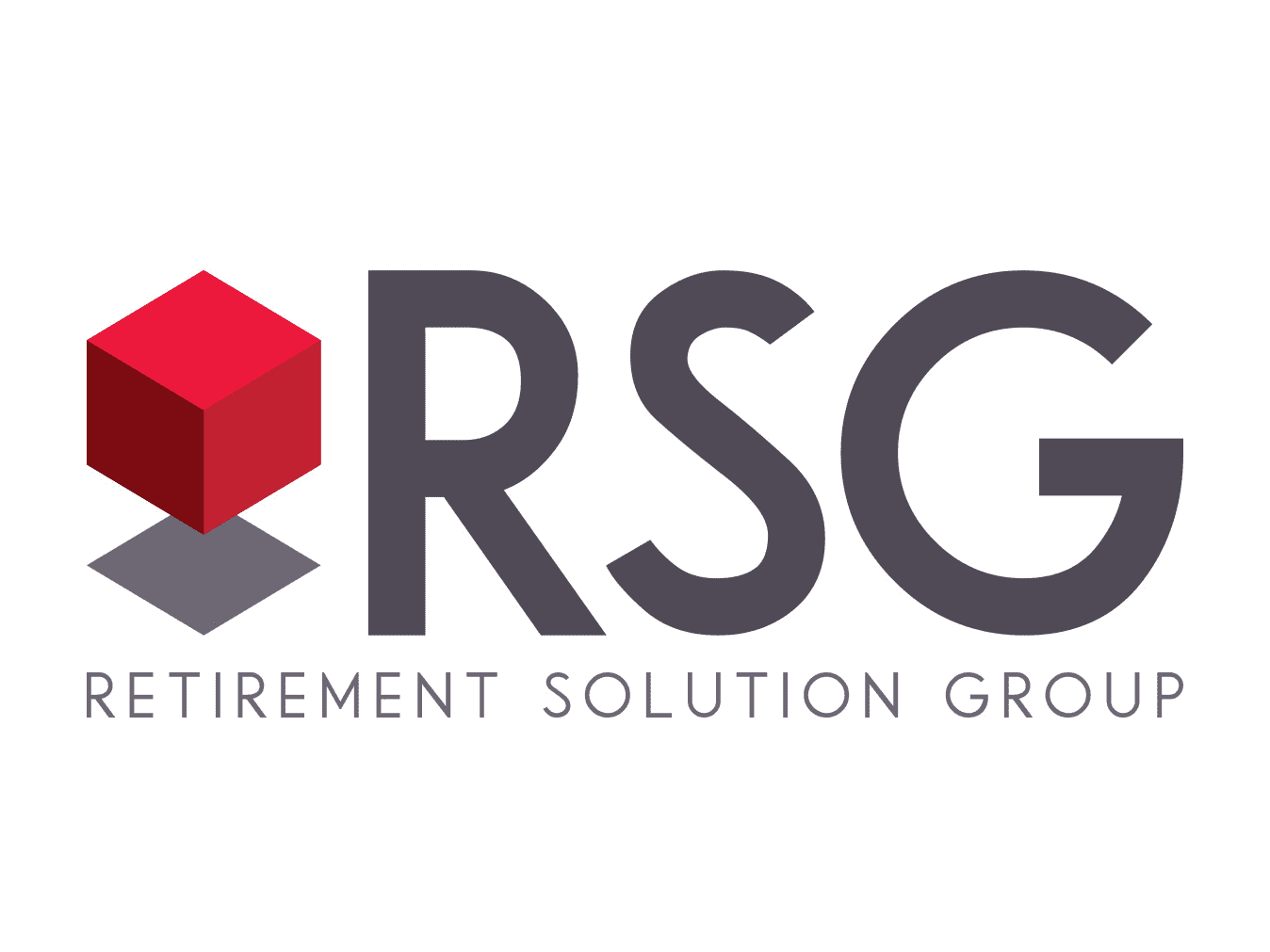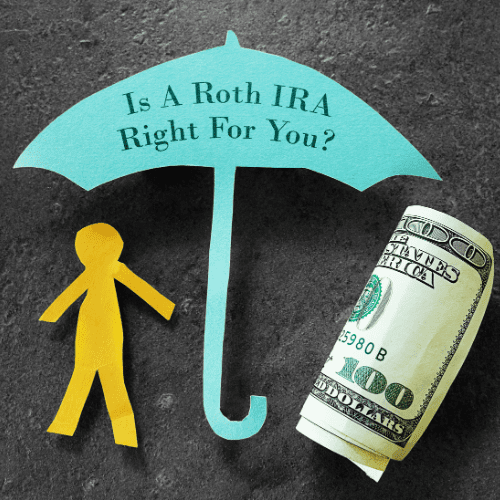Defined Benefit plans have been around forever but have been dying off since the 1990s. In recent years however, we have seen a notable uptick in both traditional DB and Cash Balance Plan (CBP) utilization. These solutions are typically geared to a very specific niche group who have small headcount, repeatable profits and desire large tax deductions. The good news is that these plans do NOT need to be funded before the end of the year, simply created as a legal trust. Year-end is the time to see if this niche happens to fit your specific needs and find out if this plan option can give your micro-business owner six figure tax deductions.
To learn more about Defined Benefits, watch this recording of RSG’s recent webinar:
Understanding Defined Benefits Retirement Plans | November 10, 2020
Ok, maybe that was Mark Twain… I connected the famous Twain quote to the not so glamorous defined benefit pension plan because the one thing they share are rumors of their demise. For the entirety of the 25 years I have been in the retirement plan space, I have heard that defined benefit (DB) plans were dying. Alternatively that defined contribution plans (DC), most famously associated with 401(k) plans, were going to take over the space. Like most things I read these days, the truth is in there, kinda.
Historical Use of Defined Benefits
Yes, DB market (which represents defined benefit pension and cash balance plans) has shrunk precipitously for many years now. True and obvious. The days of the 30 + year employee who is working for a retirement watch, retirement cake and pension check from his company were not trendy when I came out of college in 1995 much less now. Large corporations saw the writing on the wall (longevity risk, market risk, and funding liability risk) and sold the American work in the 90s on one of the greatest sales jobs in American history, that we are going to reduce and then shut down the DB plan and offer you a DC plan. But here was the real zinger, they convinced them it was in their best interest, and no one took time to run the math…
In the 2000s there was already few new hires getting DB plans in the corporate world. Sure companies may have still had a plan due to legacy benefits but the plan and the market was on the decline. But unions and government entities still loved their DB plans. It rewarded longevity and loyalty. But after years of playing actuarial games to keep taxes modest for the increasing growing benefits liability, the Great Recession of 2008 happened. That was another painful blow that brought with it tightening funding restrictions and consolidation. And more and more articles speaking to the demise of DB plans, some I swore I read back in 1995.
The Right Retirement Plan for Micro-Businesses
But alas, Americans are opportunistic if nothing else. And yes the total market share of DB plans is dying and definitely on life support in the large plan market. But what about the often overlooked micro plan? What about the consultant or professional who has a really small company, maybe a few partners and a few support staff? Or even better the LLC or S-Corp whose only employees are a married couple. Could we not then create a DB pension plan benefit with a future guaranteed annuitized payment schedule, and factor in years of catch up due to the late start and larger promised benefit? The result is often a brilliantly designed highly customized retirement plan benefit that offers significantly six figure top line tax deductions!
How Defined Benefit Plans Work
Yup, there are a lot of rules, and it gets pretty complicated. Unlike the 401(k) space where the average plan is serviced by an advisor who has more fingers on one hand than 401(k) plans they manage, this is specialist market. First the plan needs an actuary and the math factors that effect it on a year-over-year basis are very complicated. Reason is that we are using those same laws that run those legacy corporate plans, union and municipal pensions. Another is that they are usually not in a participant directed environment where you pick funds, instead they use active money managers who understand this space. One mindset-shift many people struggle with about this concept is not wanting to make double-digit returns on your money, and why that is actually a bad thing.
Remember this is a defined benefit plan, meaning the ending account value conceptually is defined. So large returns start to simply tell me I need to save less to achieve the same result. Thus, this reduces the clients’ tax benefits. On the other side of the coin, the way we get higher returns for DC plans is usually paramount to having more stock exposure. Over long-term that has proven effective. But short-term swings like Q1 of this year and of course the great recession, can cause underfunding and now hike up the required funding necessary to keep the plan compliant, often at a time when the business is challenged. Not good. In the DB world the tortoise wins the race, and the account with steady and predictable returns right around 5% wins.
When you factor this in and then consider that annual funding is required while the plan is live, and there are an abundance of complicated rules (see RSG FAQs link below), why bother? Because a company who has steady and repeatable profits that is highly taxed can take massive amounts of monies out of the company checking account and into a retirement plan benefiting the Partners, tax-free. When it works it is beautiful. A married couple layering a DC and DB plan moving ½ million dollars from taxable income to deferred retirement monies. A medical practice where there are 10 partners and a few support staff can easily move a few million. It can transform the organizations benefits design, total comp strategy and even top level tax planning.
Mark Twain wasn’t dead, he was in London. Defined Benefit/Cash Balance Plans are not dead, they are just vacationing in the micro market.




